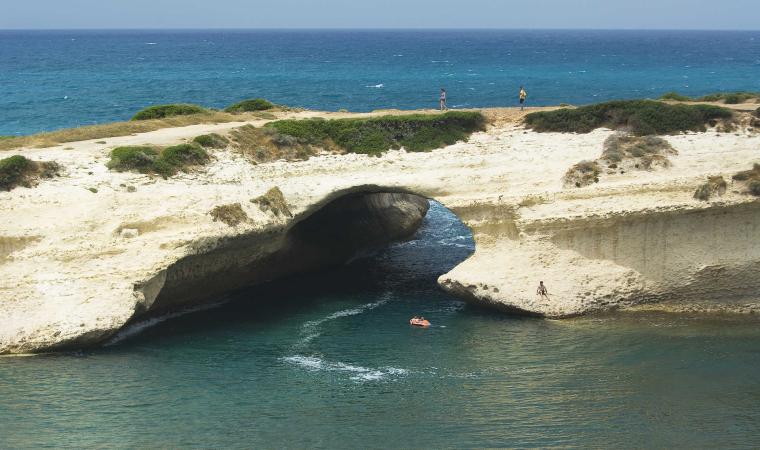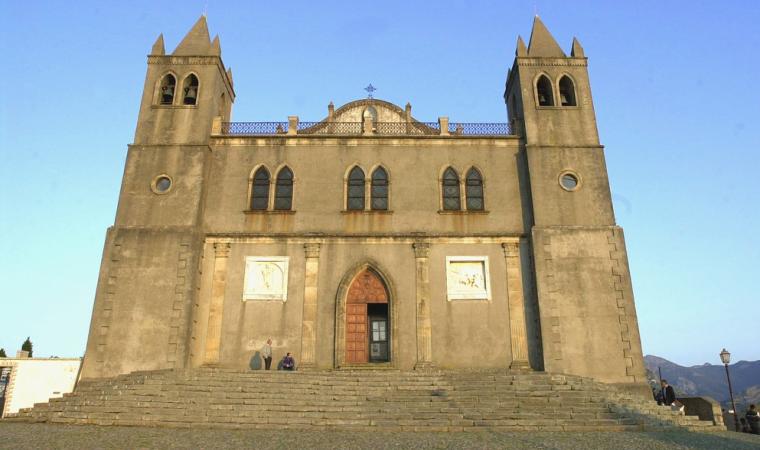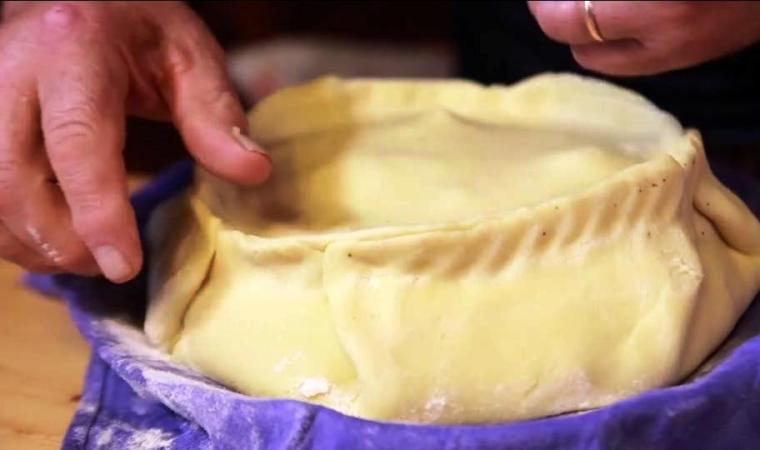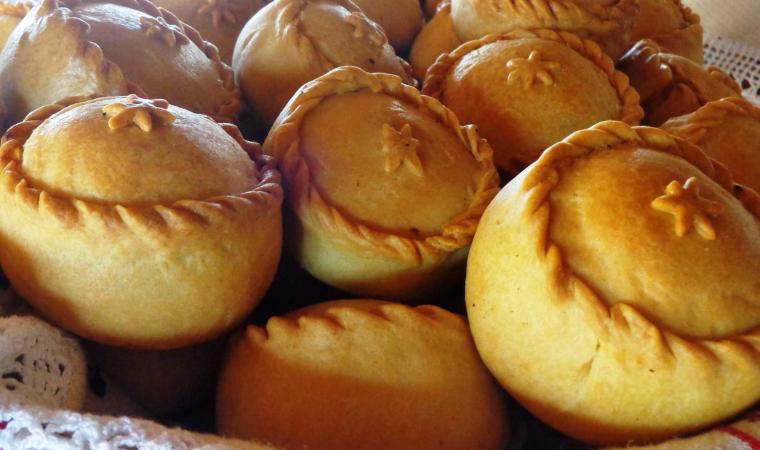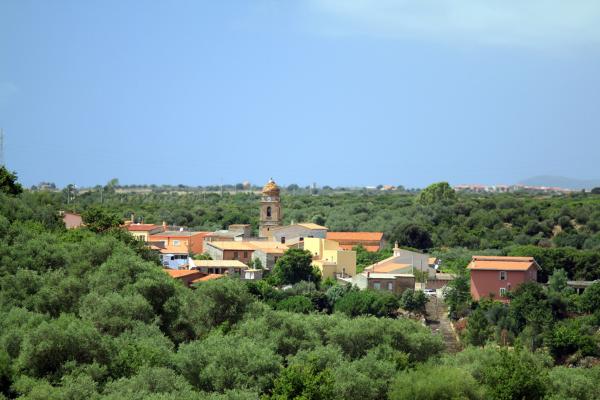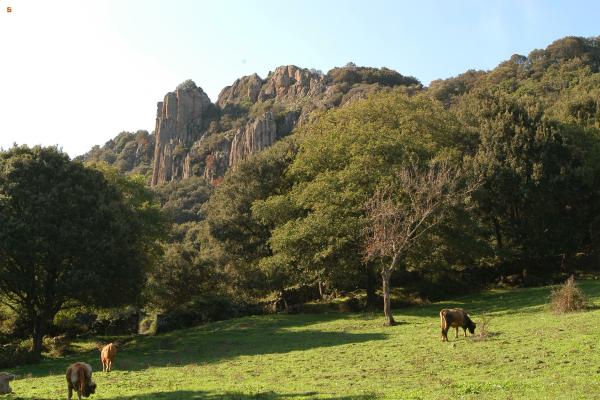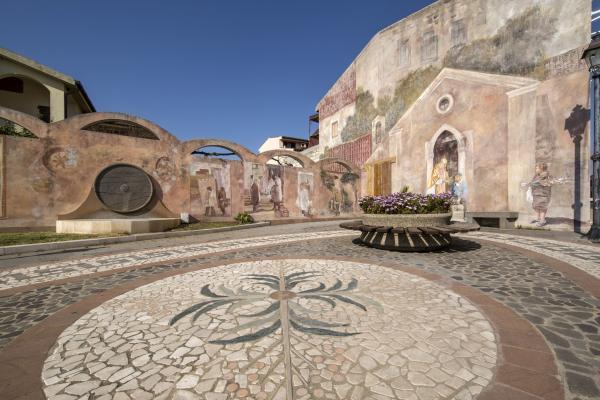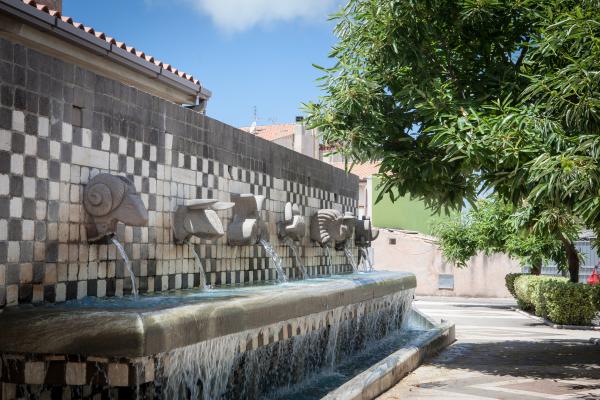This town that looks out over the sea was, in the II century BCE, a Roman settlement called Gurulis Nova. Cuglieri fans out like an amphitheatre on Bardosu hill, on the western slope of Montiferru, of which it has always been the main town. At the top of the town is the majestic Basilica di Santa Maria ad Nives (of the Snow), the first minor basilica of Sardinia. While this church is always open, the others in town can only be visited during religious festivities, during Monumenti aperti days, when important landmarks are open to the public, and Holy Week. The town is celebrated for the rituals performed by the local brotherhoods: the processions in celebration of the Addolorata, Palm Sunday, Sepulchers, Coena Domini, s’Incravamentu and s’Iscravamentu and s’Incontru at Easter, featuring a heart wrenching liturgical chant known as gosos. Cuglieri was home to the Pontifical Theological School from 1927 through 1971, the first one to be established outside of Rome. The sa Colonia infirmary for children suffering from malaria is also historic. The feast of San Giovanni (end of June) and that of santu Tilippu, the Panadas festival and carnival celebrations featuring sos Cotzulados are not to be missed.

Town
An historic town in the Upper Oristano on the western side of central Sardinia that stands out for its traditions, its archaeology and nature
An historic town in the Upper Oristano on the western side of central Sardinia that stands out for its traditions, its archaeology and nature
See this place because...
You’ll be amazed by a coastal town steeped in history, important traditions and fine quality products set in an area graced with natural beauty both on the coast and inland
Pictures and videos
You may also like
More attractions in the vicinity
Nearby hotels and accommodations

Bed and breakfast (rental rooms)
CUGLIERI
0 km

Bed and breakfast (rental rooms)
CUGLIERI
0 km

CUGLIERI
0 km


